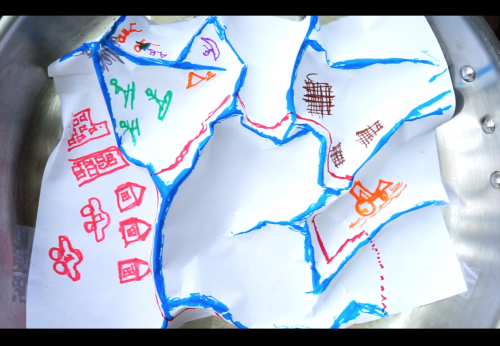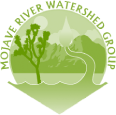2018-2021 Archive
Watershed Demo for the Kids!
Feb 13, 2021 at 2:33pm
Science Fairs are canceled but you can still work on experiments at home.
Let’s continue making distance learning fun by creating your own virtual Science Fair from home. Typically around this time of year your students would participate in their school’s annual Science fair. Just because we’re all still learning from home does not mean we should miss out on a new experiment.

Build your own DIY watershed model to learn all about our Mojave River Watershed. This project will allow children to observe how pollutants make their way into our watershed which serves as the main source of drinking water for our High Desert. As they make their way through the activity, students will understand why it’s important to protect our watershed from stormwater pollution. For a step-by-step guide, check out this neat video. Let’s get started!
Materials:
- Baking tray
- Newspaper
- Masking tape
- Sheets of legal sized paper
- Spray bottle
- Absorbent cloth
- Four markers (red, blue, green, black)
Steps:
- Place your tray in front of horizontally
- Tape down varying sizes of crumbled newspaper balls onto the tray
- Crumple your legal sized paper then open it up. Put it over the tray horizontally
- Tape each of the corner edges down
- Trace the high edges, the top creases of the paper in blue
- Identify the lowest points on your model, this represents our Mojave River Watershed
- Draw a few homes in one section in red
- Draw activities like fishing, hiking, biking in green on a low point
- For each red drawing draw three black dots around it. Draw one black dot for each leisure activities, these black dots represent pollutants like litter and doggie doo
- Spray your bottle onto your model, observe the flow of rain (blue) to the surrounding areas like homes(red) and leisure locations (green). Notice how stormwater pollutants (black) make the water extra dirty.
 Explain how runoff carries pollutants into our waterways
Explain how runoff carries pollutants into our waterways- Once you’re done, remove the paper and dry off the tray
- Repeat a few more times and get creative! Add newspaper balls of varying sizes to your tray and tape down another sheet of legal paper. Draw farms or smaller cities around your model on a separate crumpled up sheet of paper, put a black dot next to each and observe how pollutants spread through the watersheds
Debrief:
Once you’re done, give your littlecientists a high five! Pollutants like pesticides, pet waste, and trash can lead to our storm drains or seep through the porous soil where they enter the Mojave River Watershed. Take a few minutes to debrief about what they learned and how they can help prevent stormwater pollution.




